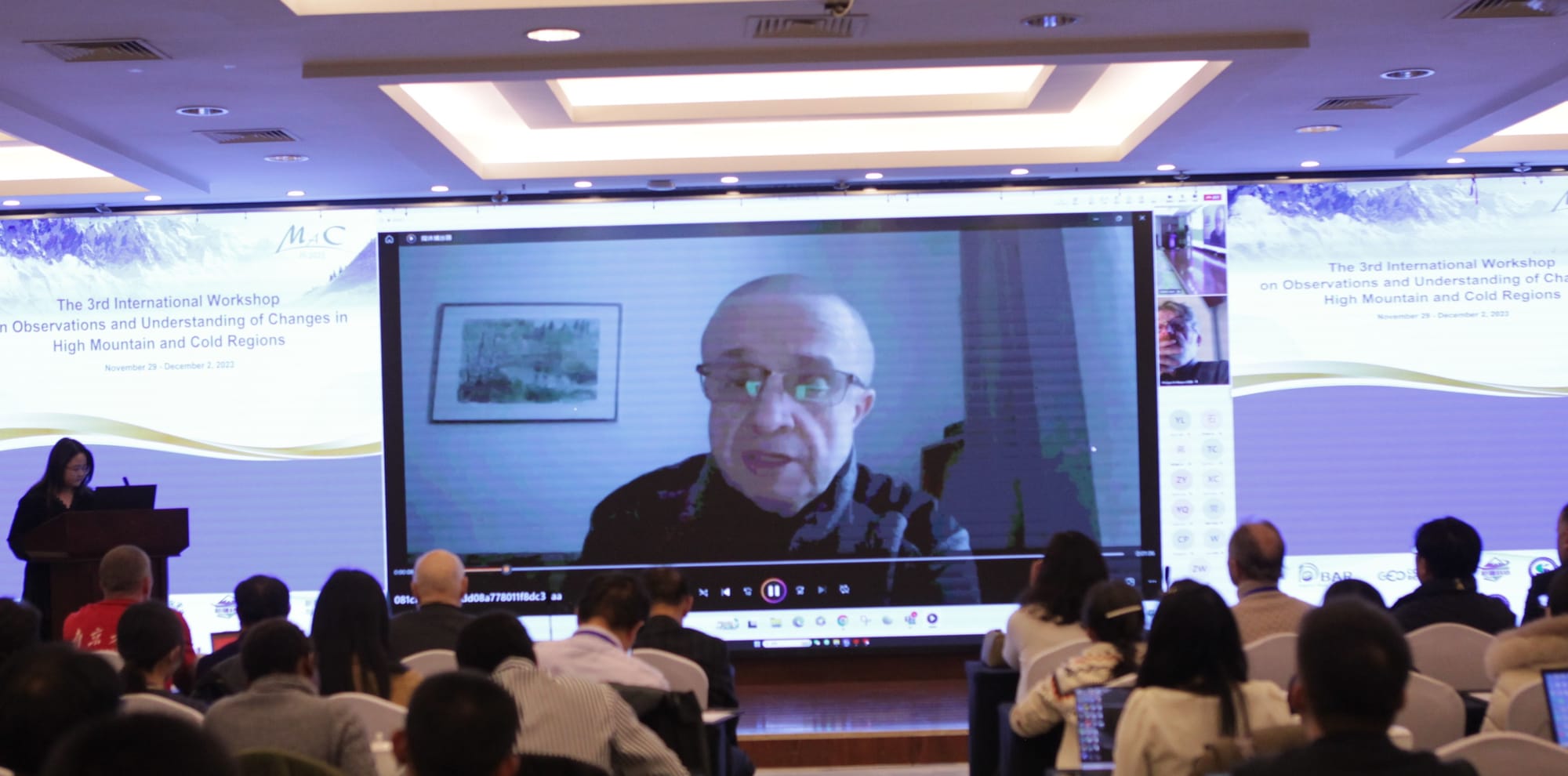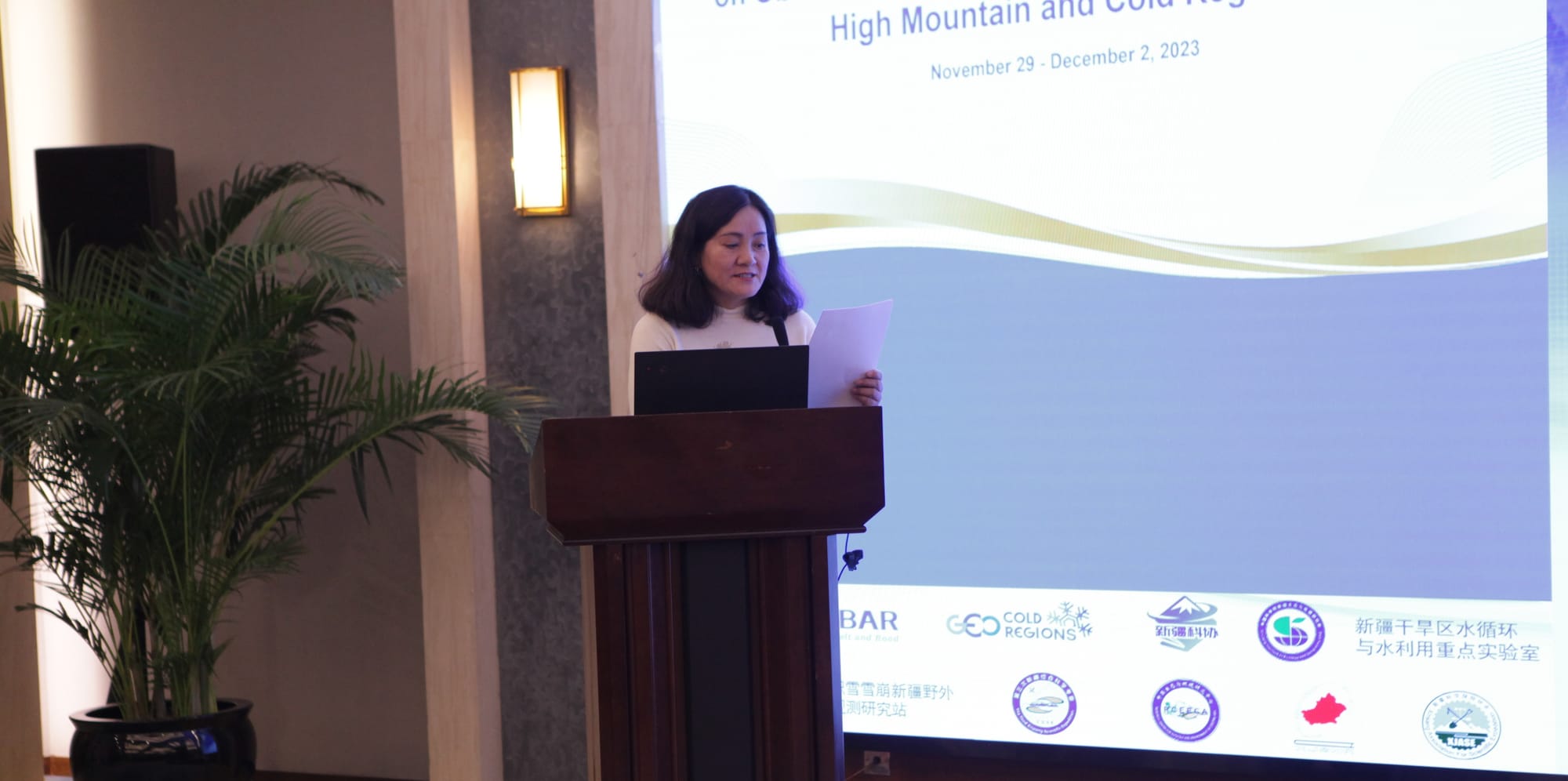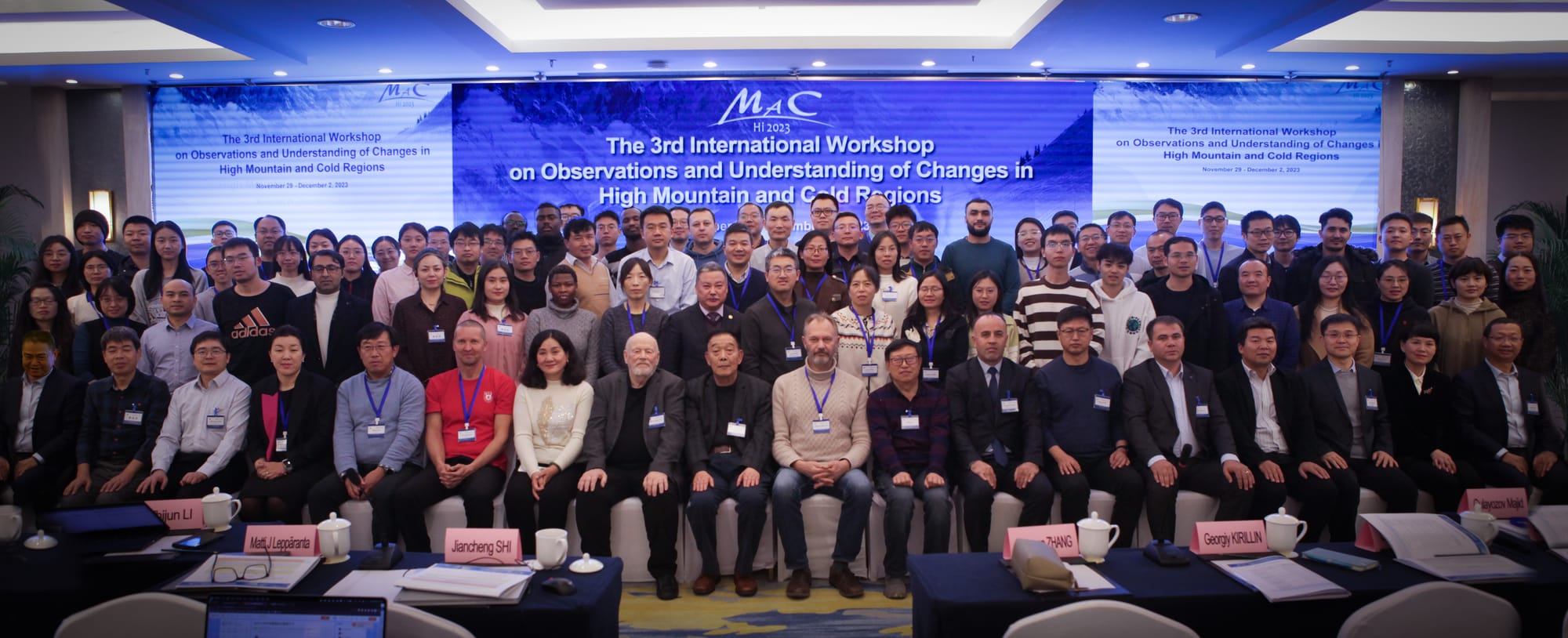The 3rd HiMAC Workshop (HiMAC 2023)
The 3rd International Workshop on Observations and Understanding of Changes in High Mountain and Cold Regions Theme: Connections of Environment Changes between High Mountain Asia and Arctic Region Date: 29th Nov. - 2nd Dec., 2023 Venue: Zhonghe Hotel, Urumqi, Xinjiang Province, China
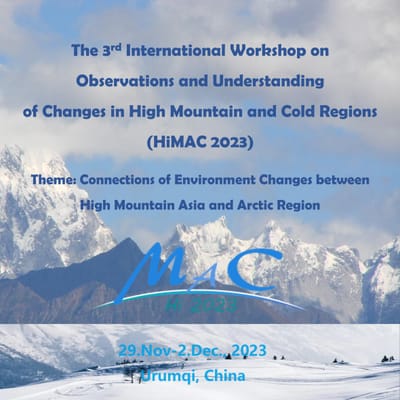
The world is getting more sensitive to the climate change and human activities as floods, droughts, fires, wars, inequality, health emergency, and so on occur more frequently, in turn, exerting an influence on the environmental changes and sustainable development. High Mountain and Cold Regions saw an amplification effect about changes and impacts. Specifically, the High Mountain and Cold Regions are linked with spatial contiguous air and vapor on the sky, permafrost, snow, forest and even hazards on the land, seasonally or perennially. Thus, environmental changes in the high mountain and cold regions cannot be observed and understood in isolation. A better characterizing and understanding the linkages in high mountain and cold regions would be a must to improve the scientific understanding and to design interventions towards adaption.
Both the Qinghai-Tibet Plateau and the Arctic region are sensitive areas of global change and research hotspots, which have an important impact on the implementation of the "Belt and Road". Improving the observation and understanding ability of high mountains and polar cold regions is of great significance to the adaptability of ecological environment and the transportation, large-scale infrastructure, water and agricultural security, and energy pattern involved in human activities.
At present, the rate of warming in the Arctic and the high mountain areas in Asia is 2 or even 3 times more than the global average. Big data based on space observation can obtain macro, long time series and objective data sources for scientific research in remote areas where snow and ice have a large impact. The technology of coordination between ground observation and space observation can obtain multi-element environmental information for scientific research and further deepen the understanding of environmental change.
Filed work in China and abroad are linked more closely by conducting experiments jointly and sharing scientific outputs in different subregions of High Mountain Asia (HMA) and the Arctic Region, with a series of essential variables ranging for decades. Taken together the development of observation systems and great changes in HMA and the Arctic Regions, it is a good opportunity for global and trans-boundary scientific and decision-making cooperation for a shared and better knowledge on HMA and the Arctic Regions.
The workshop is an event in the framework of the international program - “Group on Earth Observations Cold Regions Initiative (GEOCRI) ” and “High Mountain and Cold Regions Working Group (HiMAC) of Digital Belt and Road Program (DBAR) ".
The workshop will focus on the connections of Environment Changes between High Mountain Asia and Arctic Region, and which is organized around follow themes:
Theme1: Remote Sensing Experiments and Modelling of Cryosphere
(Corresponding Person: Lingmei JIANG, Yubao QIU, Xiaofeng LI, Tianjie ZHAO...)
- Remote sensing experiments for in-situ calibration and validation
- Experiments for environmental factors, process and physical modelling for environment evolution based on snow, water cycle, carbon cycle and other processes
(Corresponding Person: Lanhai LI, Jan Rene Larsen, Pengfeng XIAO, Andreas Dietz, Masaki Kanao, Fengming HUI...)
- Innovative methods and approaches for earth observations data processing
- EO Data and value-added products in High Mountain Asia and the Arctic
- Data management and data sharing principle
(Corresponding Person: Tonghua WU, Xi LIANG, Peng LU, Shiming XU, Donghui SHANGGUAN, Peng LU...)
- Spatial and temporal change and analysis of the environmental changes in High Mountain Asia and the Arctic
- Forecast and assessment of land and ocean environment
(Corresponding Person: Huabing HUANG, Xinwu LI, Hanna Lappalainen, Mingyang LV...)
- Correlation or tele-correlation analysis of the environmental changes of High Mountain Asia and the Arctic
- Synergy of environmental changes in High Mountain Asia and the Arctic
(Corresponding Person: Tie LIU, Jinghui FAN, Youhua RAN, Guoqiang JIA...)
- Impacts and implication of environmental changes to societal benefits Area : agriculture, disaster, water resources, infrastructure, forest in High Mountain Asia and Arctic Region
- Impacts and responses of future environmental changes in HMA and the Arctic
Brochure of HiMAC 2023



Registration to HiMAC2023
Please click the link to download the brochure of HiMAC 2023: HiMAC 2023 brochure

Organization
- High Mountain and Polar Cold Region Working Group (Digital Belt and Road Program) (HiMAC WG)
- GEO Cold Regions Initiative, Group on Earth Observations (GEO-CRI)
- Xinjiang Association for Science and Technology
- Xinjiang Institute of Ecology and Geography, Chinese Academy of Sciences (XIEG-CAS), China
- Xinjiang Key Laboratory of Water Cycle and Utilization in Arid Zone
- Xinjiang Society of Natural Resources, China
- Research Center for Ecology and Environment of Central Asia, Chinese Academy of Science
- The Third Xinjiang Scientific Expedition Program
- Tianshan Snowcover and Avalanche Observation and Research Station of Xinjiang
- Xinjiang Scientific Exploration Association
- Aerospace Information Research Institute, Chinese Academy of Sciences (AIR-CAS), China
- China Aero Geophysical Survey and Remote Sensing Center for Natural Resources (AGRS), China Geological Survey (CGS), China
- Committee on Digital Poles, Chinese National Committee of International Society for Digital Earth (CN-ISDE)
- Institute of Space Earth Science, Nanjing University
- Institute of Tibetan Plateau Research, Chinese Academy of Sciences (ITP-CAS), China
- International Research Center of Big Data for Sustainable Development Goals (CBAS)
- International Society for Digital Earth (ISDE)
- National Marine Environmental Forecasting Center(NMEFC), China
- Northwest Institute of Eco-Environment and Resources, Chinese Academy of Sciences(NIEER-CAS), China
- Pan-Eurasian Experiment (PEEX)
- Polar Research Institute of China (PRIC), China
- Sun Yat-Sen University, China
- Tsinghua University, China
- Yunnan University, China
Committees
Chair:
- Huadong GUO, International Research Center of Big Data for Sustainable Development Goals (CBAS); Aerospace Information Research Institute, Chinese Academy of Sciences (AIR-CAS), China;
- Philippe De Maeyer, Ghent University, Belgium
- Xi CHEN, Xinjiang Branch, Chinese Academy of Sciences, China
- Yana Gevorgyan, Group on Earth Observations (GEO)
- Dashtseren Avirmed, Institute of Geography and Geoecology, Mongolian Academy of Sciences, Mogolia
- Birendra Bajracharya, The International Centre for Integrated Mountain Development (ICIMOD)
- Terry V. Callaghan, Sheffield Univeristy, UK and International Network for terrestrial research and monitoring in the Arctic (INTERACT)
- Qing BAO, Institute of Atmospheric Physics (IAP) CAS, China
- Tao CHE, Northwest Institute of Eco-Environment and Resources, Chinese Academy of Sciences (NIEER-CAS), China
- Fang CHEN, International Research Center of Big Data for Sustainable Development Goals (CBAS)
- Xianyao CHEN, Ocean University of China, China
- Bin CHENG, (Finnish Meteorological Institute (FMI), Finland
- Xiao CHENG, Sun Yat-Sen University, China
- Duo CHU, Institute of Tibetan Plateau Atmospheric and Environmental Sciences, Tibet Meteorological Bureau, China
- Junyu DONG, Ocean University of China, China
- Andreas Dietz, German Aerospace Center (DLR), Norway
- Hiroyuki Enomoto, National Institute of Polar Research (NIPR), Japan
- Jinghui FAN, China Aero Geophysical Survey and Remote Sensing Center for Natural Resources (AGRS), China Geological Survey (CGS), China
- Fengming HUI, Sun Yat-sen University, China
- Huabing HUANG, Sun Yat-sen University, China
- Gensuo JIA, Institute of Atmospheric Physics (IAP) CAS, China
- Li JIA, Aerospace Information Research Institute, Chinese Academy of Sciences (AIR-CAS), China
- Lingmei JIANG, Beijing Normal University, China
- Masaki Kanao, National Institute of Polar Research (NIPR), Japan
- Richard Kelly, University of Waterloo, Canada
- Joni Kujansuu, Helsinki University, Finland
- Alishir Kurban, Xinjiang Institute of Ecology and Geography, Chinese Academy of Sciences, China
- Hanna K. Lappalainen, Pan-Eurasian Experiment (PEEX)
- Ruibo LEI, Polar Research Institute of China, China
- Jan Rene Larsen, Sustaining Arctic Observing Networks (SAON)
- Juha Lemmetyinen, Finnish Meteorological Institute (FMI), Finland
- Matti Leppäranta, Helsinki University, Finland
- Qun LI, Polar Research Institute of China, China
- Rongxing LI, Tongji University, China
- Tao LI, Ocean University of China
- Xiaofeng LI, Northeast Institute of Geography and Agroecology, Chinese Academy of Sciences (NIGA-CAS), China
- Xin LI, Institute of Tibetan Plateau, Chinese Academy of Sciences (ITP-CAS), China
- Xinwu LI, Aerospace Information Research Institute, Chinese Academy of Sciences (AIR-CAS), China
- Zhijun LI, Dalian University of Technology, China
- Xi LIANG, National Marine Environmental Forecasting Center, China
- Shiyin LIU, Yunnan University, China
- Tie LIU, Xinjiang Institute of Ecology and Geography, Chinese Academy of Sciences, China
- Peng LU, Dalian University of Technology, China
- Mingyang LV, Nanjing University, China
- Andrea Marinoni, The Arctic University of Norway (UiT), Norway
- Youhua RAN, Northwest Institute of Eco-Environment and Resources, Chinese Academy of Sciences (NIEER-CAS), China
- Barbara Ryan, World Geospatial Industry Council (WGIC)
- Jiancheng SHI, National Space Science Center, Chinese Academic of Science (NSSC-CAS), China
- Olga Shaduyko (Morozova) , Tomsk State University, Russia, and Siberian Environmental Change Network
- Qiuhong TANG, Institute of Geographic Sciences and Natural Resources Research, , Chinese Academy of Sciences, China
- Sara Venturini, Group on Earth Observations (GEO)
- Changlin WANG, International Society for Digital Earth (ISDE), China
- Lei WANG, Institute of Tibetan Plateau, Chinese Academy of Sciences (ITP-CAS), China
- Shengli WU, National Satellite Meteorological Centre, China
- Tonghua WU, Northwest Institute of Eco-Environment and Resources, Chinese Academy of Sciences (NIEER-CAS), China
- Pengfeng XIAO, Nanjing University, China
- Shiming XU, Tsinghua University, China
- Yaonan ZHANG, Northwest Institute of Eco-Environment and Resources, Chinese Academy of Sciences (NIEER-CAS), China
- Tianjie ZHAO, Aerospace Information Research Institute, Chinese Academy of Sciences (AIR-CAS), China
Chair:
- Lanhai LI, Xinjiang Institute of Ecology and Geography Chinese Academy of Sciences (XIEG-CAS), China; Co-Chair of HiMAC WG
- Massimo Menenti, Delft University of Technology, the Netherlands; Co-Chair of HiMAC WG; Co-lead/PoC of GEO Cold Regions Initiative
- Yubao QIU, International Research Center of Big Data for Sustainable Development Goals (CBAS), Aerospace Information Research Institute, Chinese Academy of Sciences (AIR-CAS), China; Co-Chair of HiMAC WG; Co-lead/PoC of GEO Cold Regions Initiative
- Yi CHU, Xinjiang Institute of Ecology and Geography Chinese Academy of Sciences (XIEG-CAS), China
- Meng DANG, International Research Center of Big Data for Sustainable Development Goals (CBAS)
- Wenjiang LIU, Xinjiang Institute of Ecology and Geography Chinese Academy of Sciences (XIEG-CAS), China
- Ying LIU, Xinjiang Institute of Ecology and Geography Chinese Academy of Sciences (XIEG-CAS), China
- Yang LIU, Xinjiang Institute of Ecology and Geography Chinese Academy of Sciences (XIEG-CAS), China
- Guoqiang JIA,International Research Center of Big Data for Sustainable Development Goals (CBAS)
- Lijuan SHI, Aerospace Information Research Institute, Chinese Academy of Sciences (AIR-CAS), China
- Qinghuan LI, University of Waterloo, Canada
- Xiaohui WANG, International Research Center of Big Data for Sustainable Development Goals (CBAS)
- Shaohua ZHANG, Xinjiang Association for Science and Technology (XJAST), China
Invited Speakers
Jianchen SHI
NSSC-CAS, China
Matti J Leppäranta
CAS PIFI Fellowship
Xiao CHENG
Sun Yat-Sen University, China
Shiyin LIU
Yunnan University, China
Anming DUAN
Xiamen University, China
Tonghua WU
NIEER-CAS
Qiuhong TANG
CAS
Lanhai LI
XIEG-CAS
Important Dates
- Calling for Presentation: 25th November, 2023 (DL)
- Brochure: 28th November, 2023
- HiMAC 2023 wokshop:29th November - 2nd December, 2023
For more details (registration & fee, hotel), please click https://himac2023.casconf.cn/ (in Chinese and English).
Important Dates
- Calling for Presentation: 25th November, 2023 (DL)
- Brochure: 28th November, 2023
- HiMAC 2023 wokshop:29th November - 2nd December, 2023
For more details (registration & fee, hotel), please click https://himac2023.casconf.cn/ (in Chinese and English).
Projects and Programs
- The Third Xinjiang Scientific Expedition Program
- Environment Changes and Sustainable Development in Arctic and High Mountain Asia (EnviSAM) (Grant Number: CBAS2022IRP08)
- Cooperation research and demonstration application of monitoring technologies for the snow,glaciers and geohazards in High Mountain Asia and Arctic (Grant Number: 2021YFE0116800)
- National Key Research and Development Program of China "Arctic Terrestrial Environment Changes and Their Impacts" (Grant Number: 2020YFA0608501)
- Digital Arctic Shipping – New data products and visualisation services(Grant Number: 2019YFE0105700)
- INTERAAC: air-snow-ice-ocean INTERactions transforming Atlantic Arctic Climate (National Key R&D Project by MOST, 2022YFE0106700)
- Multi-Parameters Arctic Environmental Observations and Information Services (MARIS) funded by the Chinese Ministry of Science and Technology (National Key R&D Project by MOST, 2017YFE0111700)
Projects and Programs
- The Third Xinjiang Scientific Expedition Program (2021xjkk1300, 2021xjkk1400, 2022xjkk0600)
- Environment Changes and Sustainable Development in Arctic and High Mountain Asia (EnviSAM) (Grant Number: CBAS2022IRP08)
- Cooperation research and demonstration application of monitoring technologies for the snow,glaciers and geohazards in High Mountain Asia and Arctic (Grant Number: 2021YFE0116800)
- National Key Research and Development Program of China "Arctic Terrestrial Environment Changes and Their Impacts" (Grant Number: 2020YFA0608501)
- Digital Arctic Shipping – New data products and visualisation services(Grant Number: 2019YFE0105700)
- INTERAAC: air-snow-ice-ocean INTERactions transforming Atlantic Arctic Climate (National Key R&D Project by MOST, 2022YFE0106700)
- Multi-Parameters Arctic Environmental Observations and Information Services (MARIS) funded by the Chinese Ministry of Science and Technology (National Key R&D Project by MOST, 2017YFE0111700)
Provisional Agenda
A proposed satellite for SWE observations
Jiancheng SHI, National Space Science Center, Chinese Academic of Science (NSSC-CAS), China
Modelling spatiotemporal variations in lake ice seasons in Eurasia
Matti J Leppäranta, Helsinki University, Finland
The spatiotemporal dynamics of the snowline elevations on large glaciers during 1990 and 2022 in Pamir-Karokaram-Western Kunlun Mountains
Shiyin LIU, Yunnan University, China
Influence of Asian Mountains on the Arctic Pressure System and the Stratospheric Ozone
Anmin DUAN, Xiamen University, China
Remote sensing of spatiotemporal changes in lakes in Arctic permafrost regions
Xiao CHENG, Sun Yat-Sen University, China
Linking ground ice and glacier melt to changes in lake volume on the Tibetan Plateau
Qiuhong TANG, Institute of Geographic Sciences and Natural Resources Research, Chinese Academy of Sciences, China
Framework of Establishment of Siberia-Mongolia-Tibet Permafrost Observation Transect: Progress & Perspective
Tonghua WU, Northwest Institute of Eco-Environment and Resources, Chinese Academy of Sciences (NIEER-CAS), China
Snow Property and Avalanche Monitoring in Tianshan Mountains
Lanhai LI, Xinjiang Institute of Ecology and Geography Chinese Academy of Sciences (XIEG-CAS), China
Research and Progress on Airborne Very High Frequency Glacier Detection Technology
Jingbiao ZHU, Aerospace Information Research Institute, Chinese Academy of Sciences (AIR-CAS), China
Development of FY-3/MWRI
Shengli WU, National Satellite Meteorological Centre, China
Microwave radiometry experiment for snow in Altay China
Liyun DAI, Northwest Institute of Eco-Environment and Resources, Chinese Academy of Sciences (NIEER-CAS), China
Investigating permafrost hydrological processes in the Tibetan Plateau using physical model and InSAR deformation
Huiru JIANG, Tongji University, China
Domino effect of a natural cascade alpine lake system on the Third Pole
Lei Wang, Institute of Tibetan Plateau, Chinese Academy of Sciences (ITP-CAS), China
Recent and future climate change in the western part of Mongolian permafrost region
Saruul zaya Adiya, Institute of Geography and Geoecology, Mongolian Academy of Sciences, Mongolia
Glacier changes and their impact on runoff in HMA
Donghui SHANGGUAN, Northwest Institute of Eco-Environment and Resources, Chinese Academy of Sciences (NIEER-CAS), China
Cross-sectional rainfall observation on the central-western Tibetan Plateau and the multiscale precipitation observation platform in Namco basin
Yingying CHEN, Institute of Tibetan Plateau, Chinese Academy of Sciences (ITP-CAS), China
Simulation of potential impacts of lakes on glacier behavior over the Tibetan Plateau in summer
Lijuan WEN, Northwest Institute of Eco-Environment and Resources, Chinese Academy of Sciences, China
Thermal conditions and lake metabolism in the ice-covered North Aral Sea
Georgiy KIRILLIN, Leibniz-Institute of Freshwater Ecology and Inland Fisheries, Germany
Wave-Affected Marginal Ice Zones in Southern Ocean from Satellite Altimetry Synergy
Shiming XU, Tsinghua University, China
Operational sea ice forecasts for polar regions in the NMEFC
Xi LIANG, National Marine Environmental Forecasting Center, China
Unsupervised Learning and Its Applications in Arctic Sea Ice Prediction
Feng GAO, Ocean University of China, China
Subseasonal-to-seasonal Prediction of Arctic Sea Ice Using a Fully Coupled Dynamical Ensemble Forecast System
Anling LIU, Beijing Normal University, China
Investigations of air-ice-water interactions on four Chinese lakes
Zhijun LI, Dalian University of Technology, China
Snow Property and Avalanche Monitoring in Tianshan Mountains
Lanhai Li, Xinjiang Institute of Ecology and Geography Chinese Academy of Sciences (XIEG-CAS), China
Big Data Environment of SMEAR In-situ Measurement Concept
Joni Kujansuu, University of Helsinki, Finland
Inconsistency and correction of manually observed ground surface temperatures over snow-covered regions in China
Bin CAO, Institute of Tibetan Plateau, Chinese Academy of Sciences (ITP-CAS), China
Data management, sharing and publication for polar sciences as the NADC in Japan presentation type (online)
Masaki Kanao (online), National Institute of Polar Research (NIPR), Japan
Sustaining Arctic Observing Networks' (SAON) Roadmap for Arctic Observing and Data Systems (ROADS) (online)
Jan Rene Larsen, Sustaining Arctic Observing Networks (SAON)
Cryosphere changes and monitoring in Mongolia (online)
Dashtseren Avirmed, Institute of Geography and Geoecology, Mongolian Academy of Sciences, Mongolia
Snow and ice interaction in Lake Orajärvi: observation and modelling
Bin Cheng, Finnish Meteorological Institute (FMI), Finland
GNSS-Reflectometry of cryospheric components: several applications in snow, surface freeze/thaw state, and lake ice
Wei WAN, Peking University, China
Daily snow water equivalent product with SMMR, SSM/I and SSMIS from 1980 to 2020 over China
Lingmei JIANG, Cheng ZHANG, Beijing Normal University, China
Introduction of snow cover series products over China
Xiaohua HAO, Northwest Institute of Eco-Environment and Resources, Chinese Academy of Sciences (NIEER-CAS), China
Snow parameter estimation driven by multisource data and machine learning: methods and products
Xueliang ZHANG, Nanjing University, China
Estimating Arctic melt pond fraction, melt pond depth and sea ice concentration from optical and passive microwave remote sensing
Chuan XIONG, Southwest Jiaotong University, China
Remote Sensing Products for Lake and River Ice
Guoqiang JIA, Aerospace Information Research Institute, Chinese Academy of Sciences (AIR-CAS), China
The gap analysis of the existing Arctic Science Co-Operations and research (AASCO) (online)
Hanna K Lappalainen, Helsinki University, Finland
GEO Mountains: A global initiative on multi-disciplinary mountain data and information for science and policy (online)
James Thornton, GEO Mountains Coordinator
Climate change, permafrost degradation and their impact on hydrology in Southern Siberia (online)
Lucas Menzel, Heidelberg University, Germany
The Comparative Study on snowmelt for Tibet Plateau, Arctic and Antarctic Using Remote Sensing Technology,
Xinwu LI, Aerospace Information Research Institute, Chinese Academy of Sciences (AIR-CAS), China
Aerosol trends in the Arctic and their origins
Linlu MEI, Aerospace Information Research Institute, Chinese Academy of Sciences (AIR-CAS), China
A new way of characterizing glacier surge behaviour: a case study in the Karakoram
Mingyang LV, Institute of Space Earth Science, Nanjing University, China
Fine-Resolution Mapping and Assessment of Artificial Surfaces in the Northern Hemisphere Permafrost Environments (online)
Chong LIU, Sun Yat-Sen University, China
Topographic and Vegetation Controls on Microwave Behavior of Seasonal High-Elevation Snowpacks
Yueqian CAO, Nantong University, China
Time-series snow brightness temperature simulation based on SNTHERM and snow RT model
Jinmei PAN, National Space Science Center, Chinese Academy of Sciences, China
Comprehensive Layer Emission Model Based on Scattering Operator Framework for Layered medium
Dongjin BAI, National Space Science Center, Chinese Academy of Sciences, China
Evaluation of DMRT in Simulating Passive Microwave brightness temperature of Snow cover for AMSR2 and FY-3D/MWRI
Huizhen CUI, National Space Science Center, Chinese Academy of Sciences, China
Simulating snow-covered forest bidirectional reflectance by extending hybrid geometric optical–radiative transfer model
Siyong CHEN, Nanjing University, China
Interdecadal glacier inventories in the Karakoram since the 1990s
Fuming XIE, Yunnan University, China
Snow Retrieval Based on Experiments and Modelling (online)
Qinghuan LI, University of Waterloo, Canada
Risk and economic damage of future permafrost degradation on infrastructure over Qinghai-Tibet Plateau
Youhua RAN, Northwest Institute of Eco-Environment and Resources, Chinese Academy of Sciences (NIEER-CAS), China
A preliminary index system of multisource Earth observation on snow, glacier and geohazards and some applications
Jinghui FAN, China Aero Geophysical Survey and Remote Sensing Center for Natural Resources (AGRS), China Geological Survey (CGS), China
Activity and susceptibility assessment for slow-moving landslides in the Hunza River Valley, Northern Pakistan
ShiBiao BAI, Nanjing Normal University, China
Effects of climate change on vegetation and snow cover area in western Himalayas
Satti Zulqarnain, Xinjiang Institute of Ecology and Geography, Chinese Academy of Science, China
Climate change and its impact on water resources in the runoff formation zone
Khusen Gafforov, Scientific Research Institute of Irrigation and Water Problems of Ministry of Water Resources of Uzbekistan, Kazakhstan
How to solve Aral Sea problem
Khaydar Durdiev, Project Center of Ministry of Water Resources of Uzbekistan, Kazakhstan
Monitoring and analysis of landslide surface deformation using time-series InSAR in Woda
Youfeng LIU, China University of Geosciences (Beijing)
(Topic TBC)
Andreas Dietz, German Aerospace Center, Germany
An Investigation into the Alteration of Soil Freezing Dynamics in Croplands under Climate Change (online)
Ziwei LI, Zhiming Qi, McGill University, Canada
Hazardous Natural Processes in conditions of Global Warming in the Mountainous Regions of Tajikistan
Gulayozov Majid, Research Center for Ecology and Environment of Central Asia (Dushanbe), Tajikistan
Progress toward Sustainable Development Goals and interlinkages between them in Arctic countries
Shijin WANG, Institute of Geographic Sciences and Natural Resources Research, Chinese Academy of Sciences, China
Simulation of the Complex Water System: from the Perspective of Accumulation process and feedback loops
Shanshan DAI, Xinjiang Institute of Ecology and Geography, Chinese Academy of Science, China
Support by
Supporting Journals
- International Journal of Digital Earth (IJDE):
IJDE aims to publish research foundlings on Digital Earth theories, technologies and applications, which improve the understanding of the Earth and support knowledge-based solutions to improve human conditions, protect ecological services and support future sustainable development for environmental, social, and economic conditions.
- Big Earth Data (BEDJ):
Big Earth Data is an interdisciplinary open access academic journal jointly published by the International Society for Digital Earth, International Research Center of Big Data for Sustainable Development Goals, Aerospace Information Research InstituteChinese Academy of Sciences, and Taylor & Francis Group. Prof. Huadong Guo is the Editor-in-Chief of the journal.
Big Earth Data is the world's first big data journal in the Earth sciences, and it aims to provide an efficient and high-quality platform for promoting 'big data' sharing, processing and analyses, thereby revolutionizing the cognition of the Earth's systems. The journal publishes research articles, review articles, data articles and technical notes on 'big data' studies across the entire spectrum of the Earth sciences. The journal is indexed in Scopus (CiteScore=8.0), ESCI (IF=4.0) and Ei Compendex.
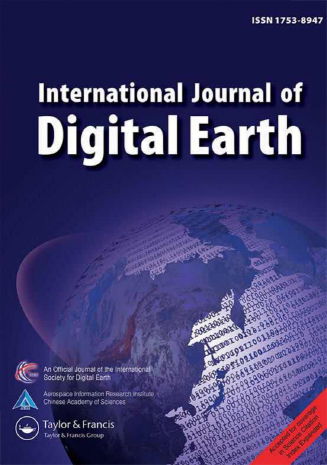
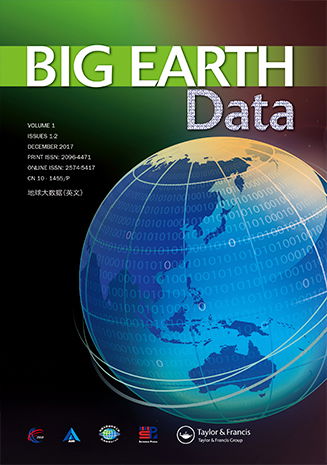
Contacts
Ms. Yi CHU
Email: chuyi@ms.xjb.ac.cn, Phone: +86 15739595315
Ms. Meng DANG
Email: dangmeng@aircas.ac.cn, Phone: +86 15827217202
HiMAC2023 website:
https://www.geocri.org/himac-2023 and https://himac2023.casconf.cn/ (in Chinese and English)



